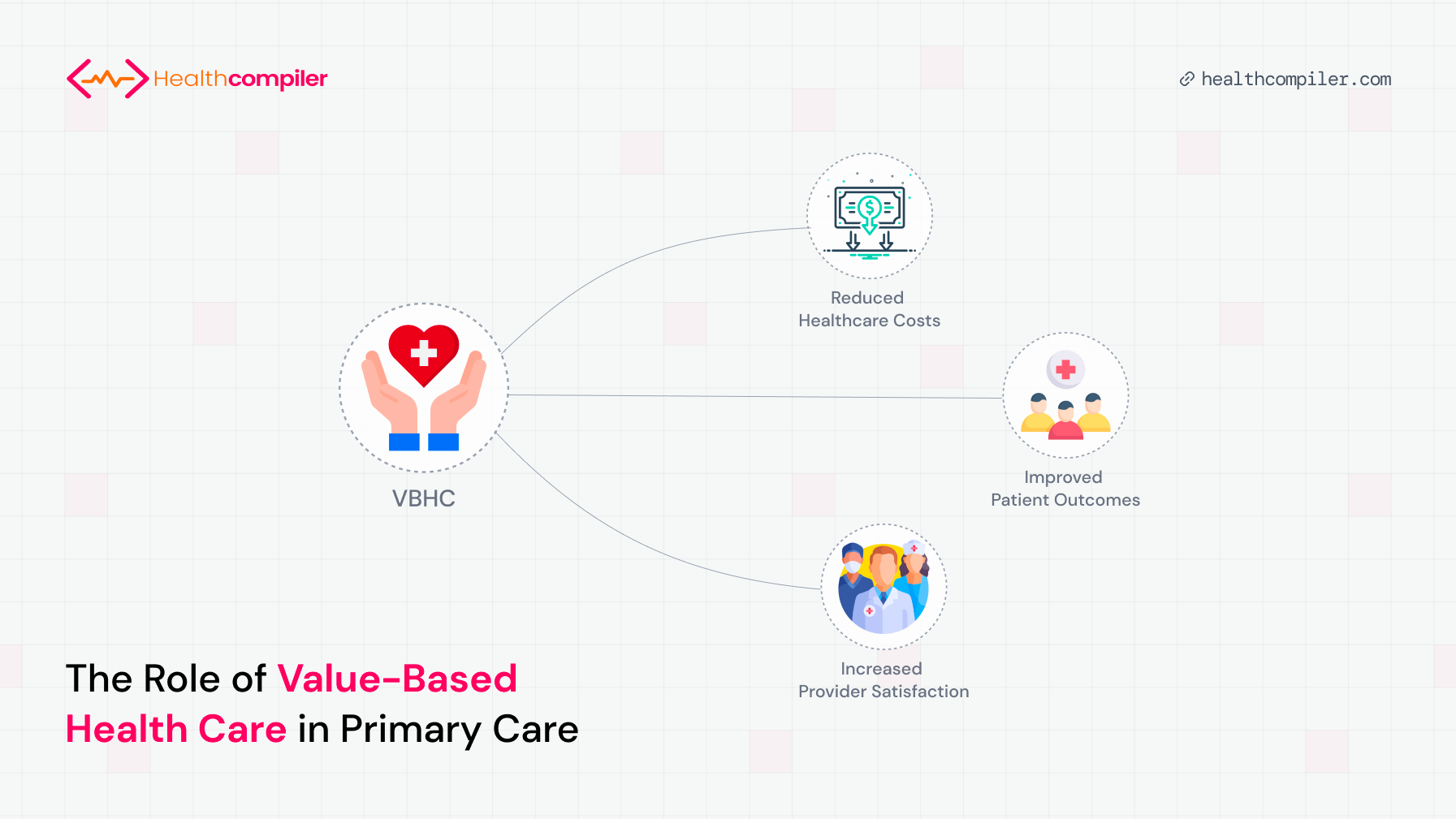The Role of Value-Based Health Care in Primary Care

Value-Based Health Care (VBHC) is revolutionizing the medical industry by shifting the focus from the volume of care provided to the value of care delivered, especially within the realm of primary care. This transformative approach prioritizes patient outcomes, aiming to enhance the quality of care while controlling costs. In the context of primary care, VBHC embodies a particularly pivotal role, as primary care providers (PCPs) are often the first point of contact in the healthcare system for patients. This blog explores the significance of VBHC for primary care, highlighting its benefits, challenges, and its potential to reshape the landscape of patient care.
Understanding Value-Based Health Care in Primary Care
In primary care, VBHC focuses on preventing illnesses, managing chronic diseases, and promoting overall wellness, rather than merely treating diseases as they occur. This preventative approach is designed to keep people healthier over the long term, reducing the need for expensive specialist care, emergency room visits, and hospitalizations. By emphasizing outcomes that matter to patients, such as improved management of chronic conditions, increased patient satisfaction, and reduced health complications, VBHC in primary care aims to achieve the highest possible value for patients.
Key Components of VBHC in Primary Care
Patient-Centered Care
VBHC champions a patient-centered approach, where decisions are tailored to the individual patient's needs and preferences. In primary care, this means developing personalized care plans that consider the whole person, including their lifestyle, environment, and mental health, alongside their physical health.
Integrated Care
Primary care providers play a crucial role in coordinating care across the healthcare continuum. VBHC encourages the integration of services, from preventive care and chronic disease management to specialist care and hospital services, ensuring seamless patient experiences and continuity of care.
Preventive Health
A cornerstone of VBHC in primary care is the focus on preventive health measures, such as vaccinations, screenings, and lifestyle counseling. These interventions are aimed at preventing diseases before they occur or detecting them early when they are most treatable.
Use of Technology
Technology, including electronic health records (EHRs) and telehealth, plays a vital role in VBHC by enhancing communication, improving access to care, and facilitating the monitoring and management of patient health outcomes.
Benefits of VBHC in Primary Care
Improved Patient Outcomes: By focusing on prevention and the management of chronic diseases, VBHC aims to improve the overall health and well-being of patients.
Reduced Healthcare Costs: Preventive care and effective management of chronic conditions can lead to significant cost savings by avoiding more expensive treatments and interventions later on.
Enhanced Patient Satisfaction: A patient-centered approach and better health outcomes naturally lead to higher patient satisfaction levels.
Increased Provider Satisfaction: VBHC aligns provider incentives with patient outcomes, potentially leading to greater job satisfaction for primary care providers.
Challenges and Implementation
Implementing VBHC in primary care is not without its challenges. It requires a shift in mindset from both providers and patients, moving away from a reactive, treatment-focused model to a proactive, preventive approach. Additionally, there are practical challenges related to measuring outcomes, integrating technology, and changing reimbursement models to support VBHC.
Despite these challenges, the potential benefits of VBHC for primary care are significant. By focusing on high-value care, primary care providers can play a pivotal role in improving patient health outcomes, enhancing the patient experience, and ensuring the sustainability of the healthcare system.
The Future of VBHC in Primary Care
As the healthcare landscape continues to evolve, VBHC is set to play an increasingly important role in primary care. With its emphasis on patient outcomes, preventive care, and integrated services, VBHC has the potential to significantly improve the quality and efficiency of primary care services. As healthcare systems and payers increasingly adopt value-based models, primary care will undoubtedly be at the forefront of this transformation, leading the way towards a more sustainable, patient-centered healthcare system.



